Cannons, Middlesex: A brilliant, opulent and sadly short-lived Baroque masterpiece, scattered into homes across the country
One of Britain’s outstanding Baroque houses vanished in 1747, having been sold within three years of its patron’s death. William Aslet looks at the tantalising fragments that survive and what they tell us abut this prodigy building.
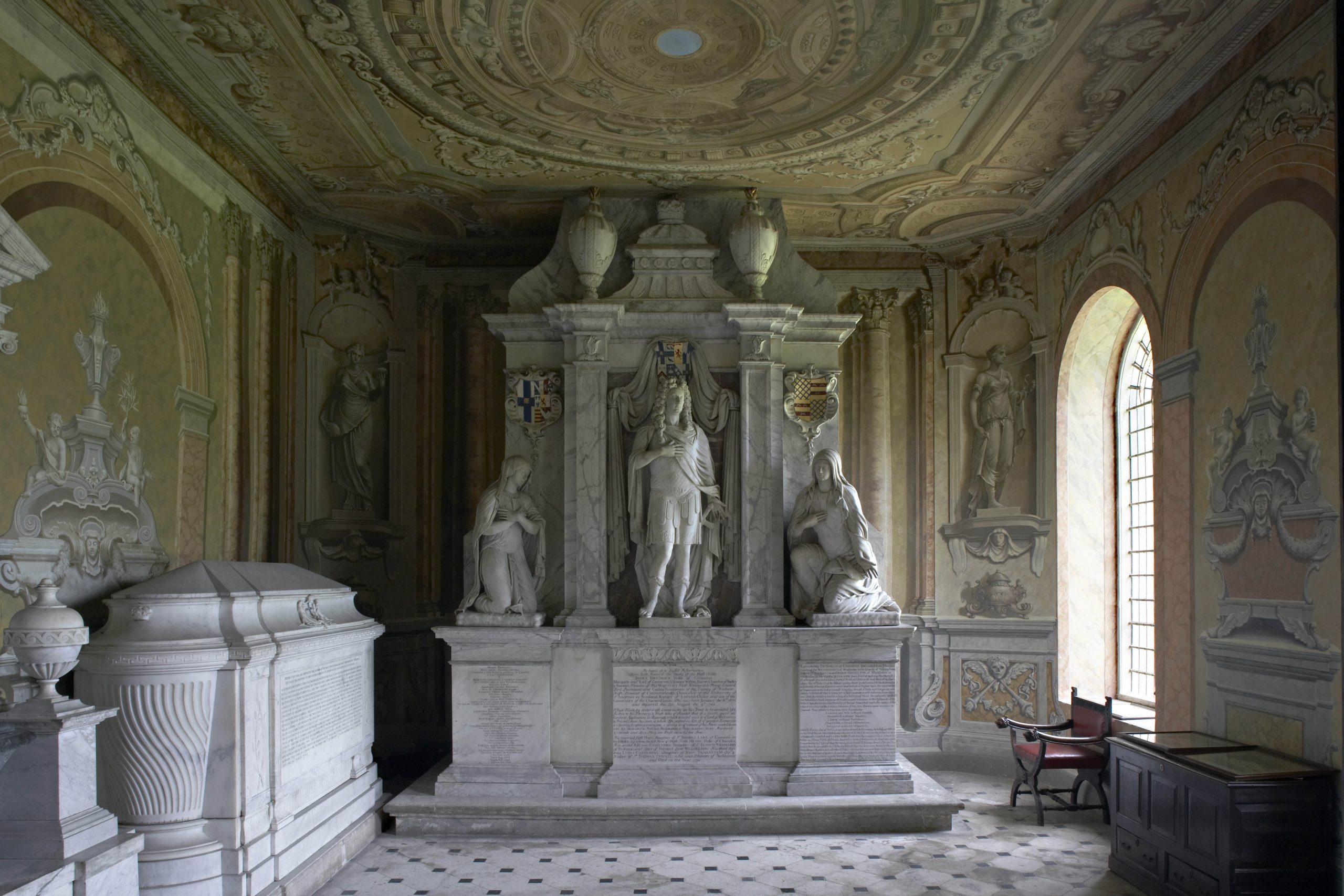

Standing today in Cannons Park, at almost the very end of the Jubilee Line, it is hard to believe that a house stood here, of which Daniel Defoe could write in 1725 that ‘as the firmament is a glorious mantle filled with, or as it were made up of a concurrence of lesser glories the stars; so every part of this building adds to the beauty of the whole’. But, just over 20 years after the publication of these remarks, the house had been stripped of all salvageable material, its contents sold at auction and the remains pulled down. Today, what was once countryside has become Metroland.
Cannons was the project of one James Brydges, 1st Duke of Chandos (from 1719), Marlborough’s paymaster general during the War of Spanish Succession. Chandos had made a vast fortune out of the war – some £600,000 at the time of his resignation in 1713. He decided to spend this remodelling the Jacobean house at Cannons, to which he had laid claim following the death of his wife in 1712, in order to transform it into one of the greatest houses of the land.
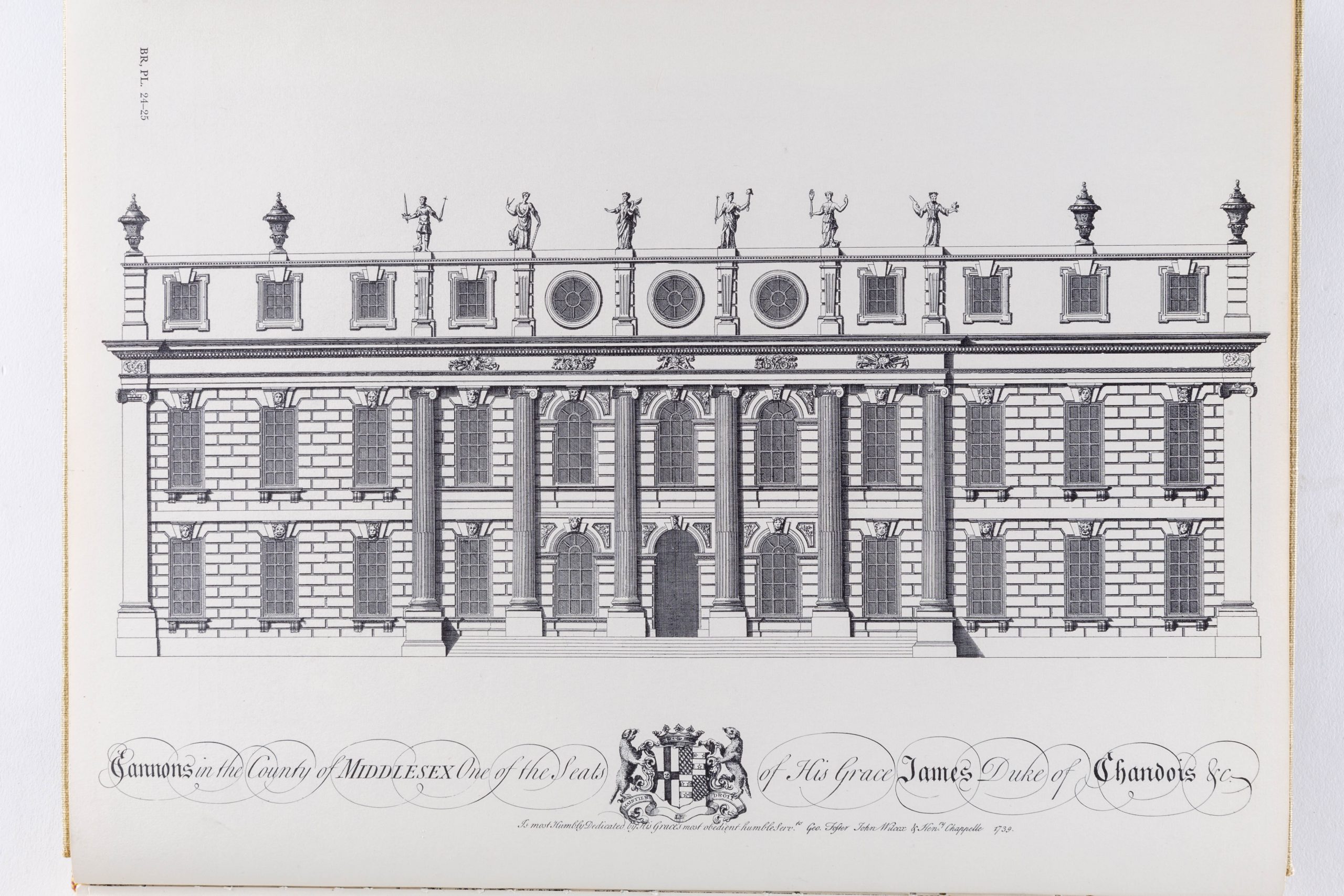
Chandos employed only the most fashionable architects on the project, whose names read as a veritable roll call of the foremost architects working in early-18th-century London – William Talman, John James, Sir John Vanbrugh and James Gibbs. Lesser figures were similarly barred from the interior, which was decorated with canvases by Louis Laguerre, Antonio Bellucci, Sir James Thornhill and William Kent, as well as stucco-work by Giuseppe Atari and Giovanni Bagutti (this was the first project of the Ticinese stuccatori in England). With Handel serving as Chandos’s Kapellmeister from 1717, the house was a complete expression of the Arts.
Chandos’s standing as a patron, however, and the immense influence of his house, has often been underplayed. This is partly due to the influence of Alexander Pope, who was said to have modelled Timon in his poem Of Taste (published in 1731), with his brash villa, expensive but devoid of taste, on the Duke. Although Pope strenuously denied the allegation, it is perhaps telling that contemporaries identified Chandos so readily with Timon. More important, however, is the fact that his principal achievement as a patron has now disappeared.
Chandos’s great fortune began precipitously to decline following the bursting of the South Sea Bubble, in which he was heavily invested, in 1720. As he grew old, he began to worry about money and his legacy, knowing full well that it stood little hope in the hands of his spendthrift son, Henry. It took only three years, in the end, before the 2nd Duke of Chandos was forced to send an invitation to the demolition men in 1747.
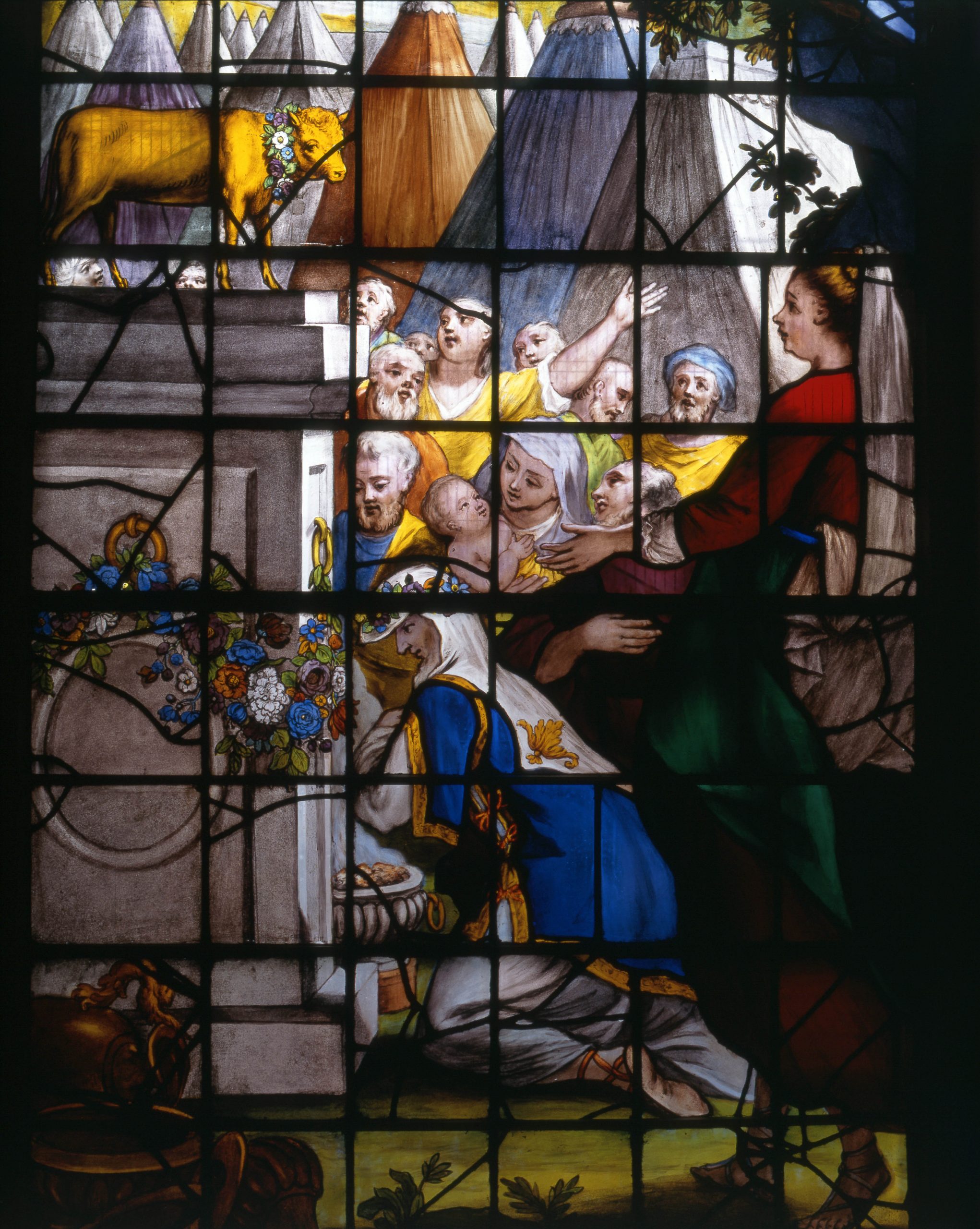
Looking at the surviving fragments of the great house – despite their splendour, they can only be said to be fragments – it is possible, nonetheless, to gain a sense of the princely Chandos’s residence. Some elements hide in plain sight in and around the park.
At its northern end, the North London Collegiate School stands on the location of the house itself. At its core is the home that was built for William Hallett, a prosperous cabinetmaker, who bought the site at auction following the demolition of the ducal house, although it has since been much altered. Many of Hallett’s construction materials are likely to have come from Chandos’s house, although, at only three storeys high and three bays across, the Duke might have found the house almost offensively modest.
Exquisite houses, the beauty of Nature, and how to get the most from your life, straight to your inbox.
'Thanks to the sale, survivals from the building have been scattered throughout the country and beyond'
At the opposite, southern, end of the park, the Church of Saint Lawrence, Whitchurch, gives a much better impression of Chandos’s Xanadu. Rebuilt at his behest in 1714, concurrently with the remodelling of the house, it is the work of Chandos’s architect at the time, John James. Externally, St Lawrence is unassuming, of brick with Portland-stone dressings in James’s handsome, albeit unlively manner (the fact that the medieval tower survives is a reflection of Chandos’s dis-pleasure with James’s proposed alternative).
Given the sobriety of the exterior, the interior comes as something of a surprise. It has been suggested that Gibbs had taken over by this point, but it is really painters’ work. The east and west ends are adorned with richly coloured paintings by Bellucci, with a copy of Raphael’s Assumption decorating the half-dome above the Chandos family pew at the west end; the vault, with its scenes of the Miracles, is the work of Laguerre; Francesco Sleter painted the Evangelists and cardinal virtues in grisaille on the north and south walls; and Gibbons may have been responsible for the carved decoration.
All these artists also worked in the main house, where their work has been entirely lost, so the church alone gives some sense of what must have been one of the last great painted interiors of the Baroque age in England.
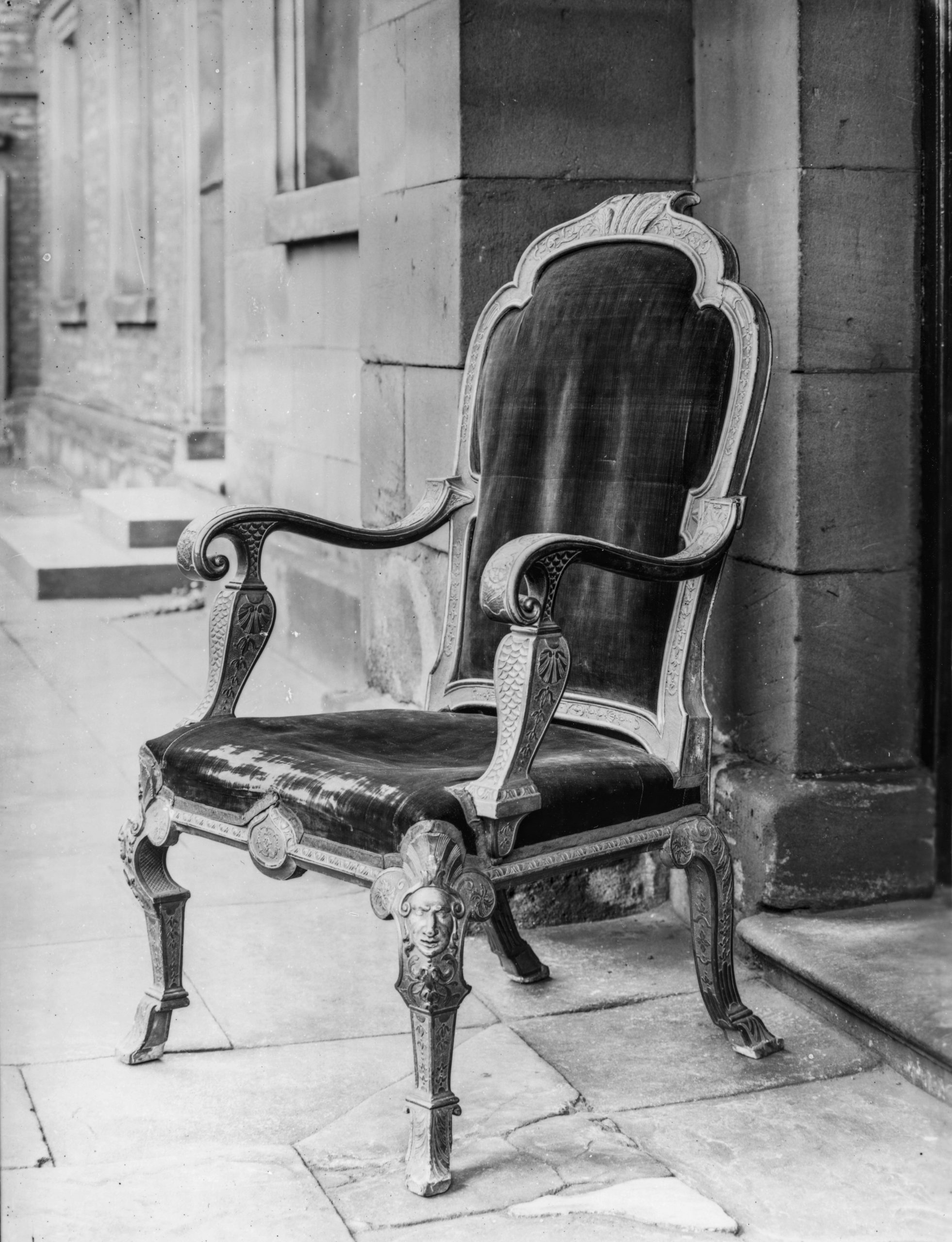
Perhaps the crowning glory of St Lawrence is the ‘muniment room’ on its north-eastern side. This was commissioned by Chandos in 1735, 20 years after the main body of the church had been completed, to be the family mausoleum. Chandos had already commissioned a funerary monument from Gibbons in 1717, when still in his forties (it housed the remains of his two wives, as well as his own), but as his sixtieth year drew close, his thoughts turned to how it would be presented. C
handos again employed the services of Gibbs in the design of the room – a rare case of an architect with whose work he had been satisfied. The result, however, is again more the work of a painter, Gaetano Brunetti, who executed the illusionistic frescoes repre-senting a fictive architectural space.
In letters to his agent John Farquharson, now in the Huntington Library, San Marino, California, Chandos makes explicit the aesthetic link between his house and the mausoleum. In one, he states his desire that the chapel ceiling should be ‘ornamented with fret work [stucco], after the manner of the rooms at Cannons’ (a plan that was later abandoned), and concluding in another that it should be paved with black and white marble squares ‘of a moderate dimention, neither too bigg nor too little, but such as the Chapple floor is paved with’.
'A flash in the pan'
Cannons does not only live on in Edgeware. Thanks to the sale, survivals from the building have been scattered throughout the country and beyond. Most spectacular are the survivals from the Duke’s chapel, designed by Gibbs, who worked on the house from 1716. The stained-glass windows made by Joshua Price to designs by Sleter were bought up by Thomas, 2nd Lord Foley, at the Cannons sales. He separately acquired the ceiling paintings by Bellucci. These were then re-used in the chapel of his house at Witley Court (now the Church of Saint Michael and All Saints) in Great Witley, Worcestershire, which he had had built in 1735, probably also to Gibbs’s designs. Foley turned to Gibbs again to fit in his new purchases; it is, in some senses, fitting that the ageing Gibbs should, in one of his last projects, have had to return to one of his first.
The interior of Saint Michael’s is not a replica of that at Cannons, however. For a start, Foley had not succeeded in buying up the whole interior of the earlier chapel. The nave seats, lectern and pulpit had travelled, with some of the original panelling (carved with architectural mouldings), to the Church of Saint Mary-the-Virgin in Fawley, Buckinghamshire, where they can still be seen today (although, sadly, the seats were removed in 1882–83). Part of the organ case is believed to be at Great Witley and part – although altered – is at Holy Trinity Church, Gosport, Hampshire, which also has the instrument itself, made by Abraham Jordan and almost certainly played by Handel.
The window apertures at Great Witley, built for clear glass, were larger than Price’s stained-glass windows, forcing Gibbs to fill in the empty space. Finally, with Atari and Bagutti’s stuccowork proving too delicate to remove and transport, the interior was instead ornamented with a new kind of decoration made of papier maché, which had become fashionable in the 1740s.
Nevertheless, the result is a highly successful combination of the sensibilities of the 1740s with those of the 1710s; a riot of the Rococo in Worcestershire that proves the taste of princely Chandos continued to be admired even after his death.
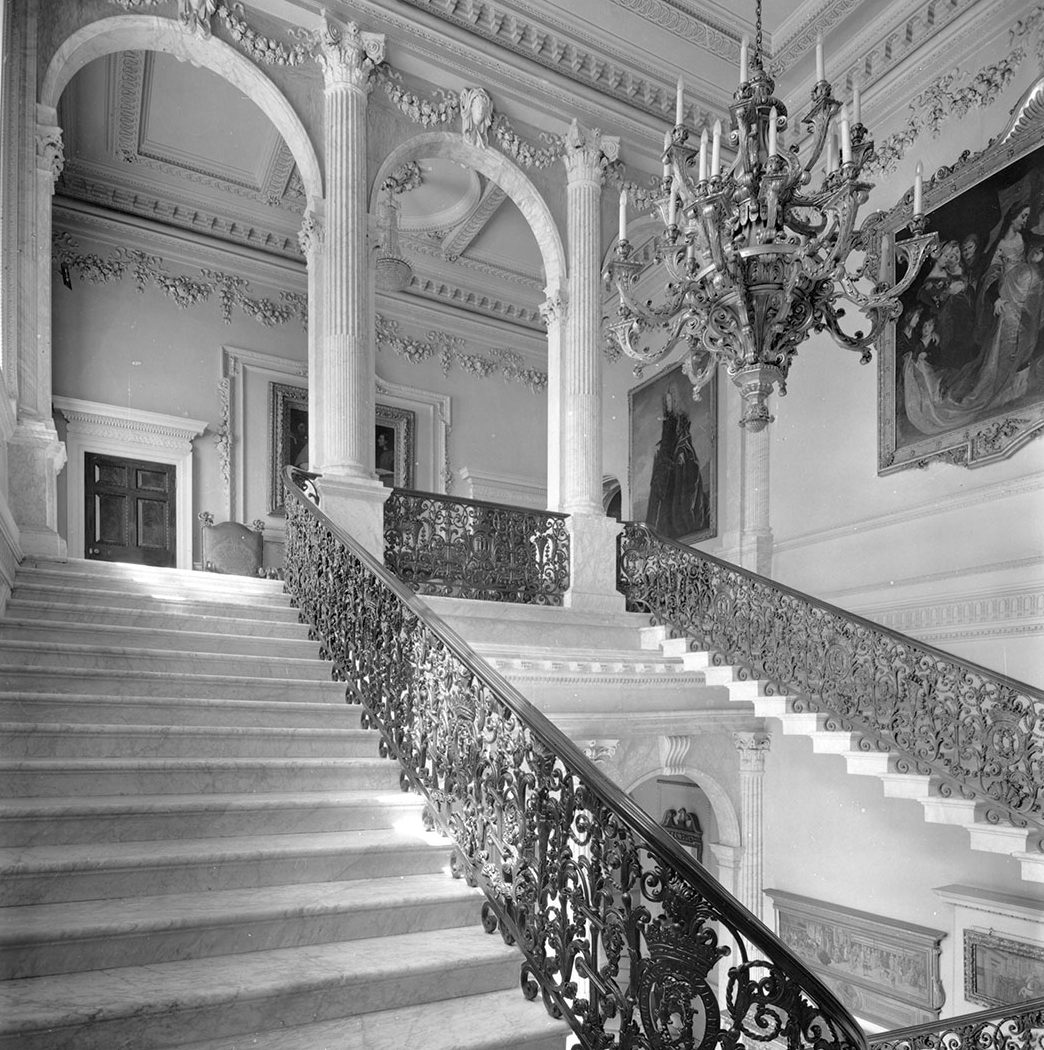
This, too, is evidenced in the afterlife of another significant part of the interior of the house, although its ultimate fate has been less happy. One keen buyer at the Cannons sales was an agent acting on the behalf of Philip Stanhope, the 4th Earl of Chesterfield, who was then in the process of having his residence in London, Chesterfield House, built to the designs of Isaac Ware, a protégé of Chandos’s great rival as Maecenas, Richard Boyle, the 3rd Earl of Burlington. Chesterfield’s most impressive acquisition at the Cannons sales was the great marble staircase that led from the ground floor to the principal state rooms on the first floor.
John Harris has shown that this principally comprised the marble treads of the stairs and the veined marble Corinthian columns which formed the screen leading to them; the spectacular ironwork balustrade with which they were edged was almost certainly contemporary with Ware’s work on the house.
Chesterfield did, however, acquire other fine pieces of ironwork from Cannons, in the form of railings which have been attributed to Jean Montigny, a close associate of Jean Tijou (other surviving pieces of ironwork from Cannons went to St John’s Parish Church, Hampstead, and The Durdans, Surrey). Chesterfield was evidently proud of his trophies from Cannons, punningly referring to his ‘canonical pillars’, presumably the columns of the screen, in one letter to his son. Chesterfield House was, however, eventually to suffer the same fate as Cannons.
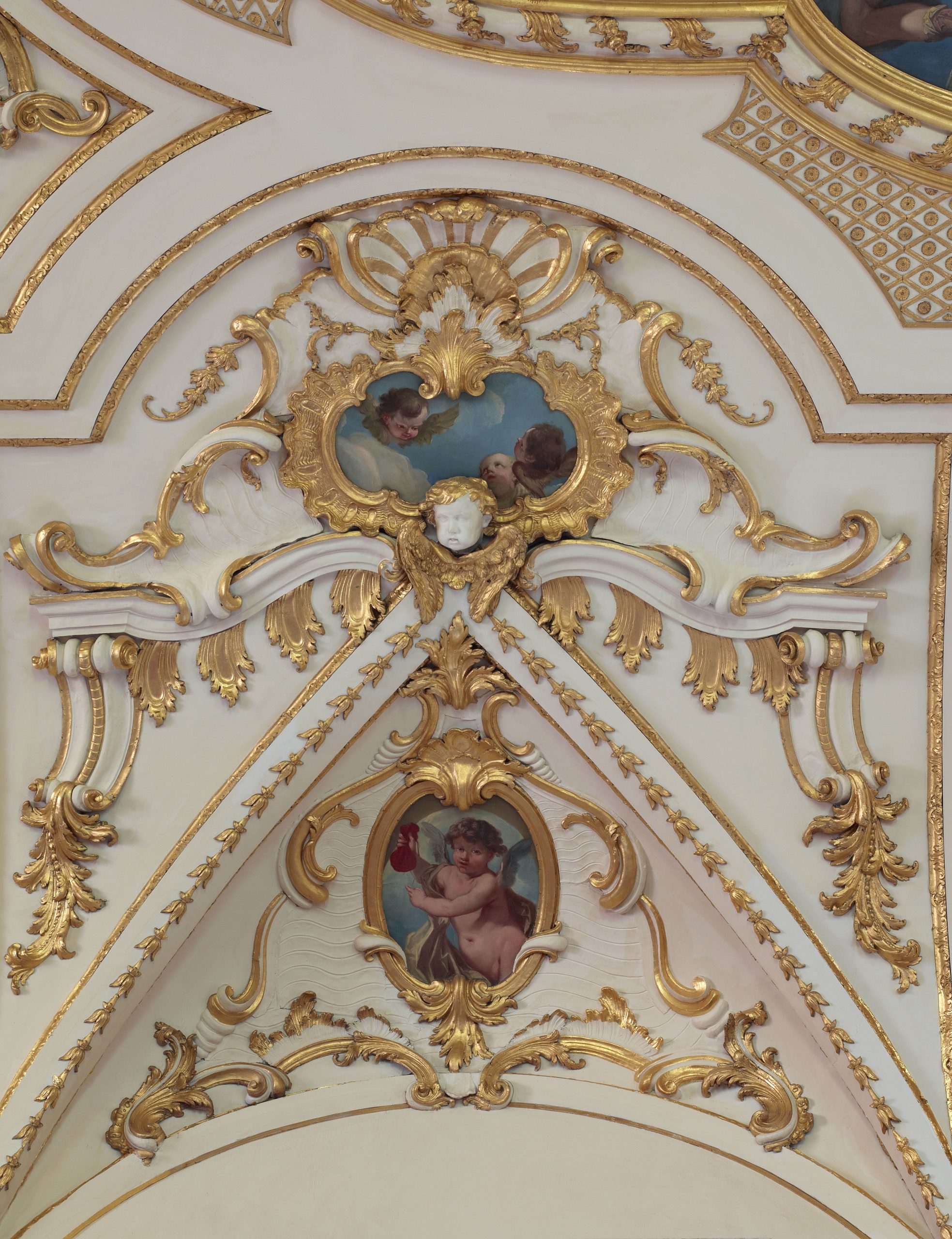
It was demolished in 1934. Some of the contents were sold at auction – the treads of the stairs apparently went to the Odeon Cinema, Broadstairs, where they were destroyed in the Blitz – but others went to Harewood House, from where the staircase ironwork was bought up by the Metropolitan Museum of Art in New York in 1965.
The dissipation of material from Cannons continues even to this day. In 2006 and 2008, The William Turner Foundation decided to sell off two chairs and a chandelier respectively – all attributed to James Moore and of first-rate workmanship – which had been in the chapel of the foundation’s almshouses (likely also designed by Gibbs) ever since their purchase by their benefactor in the 1747 sales. An export ban was placed, but, with no money forthcoming, they left the country for private collections.

More recently, in 2016, two magnificent sets of railings, which had been sold from the Harewood House collection in 1988, reappeared at auction. Again, following their sale, an export ban was placed, but, despite heavy publicity and the efforts of the Georgian Group, the money could not be raised and they are now overseas.
In a sense, however, these sales merely continue a process begun in 1747 when Cannons was first sold. Regardless of them, more-over, we can still appreciate the exceptional grandeur of the seat the 1st Duke created for himself; brilliant, opulent and short-lived – a flash in the pan – as it was.
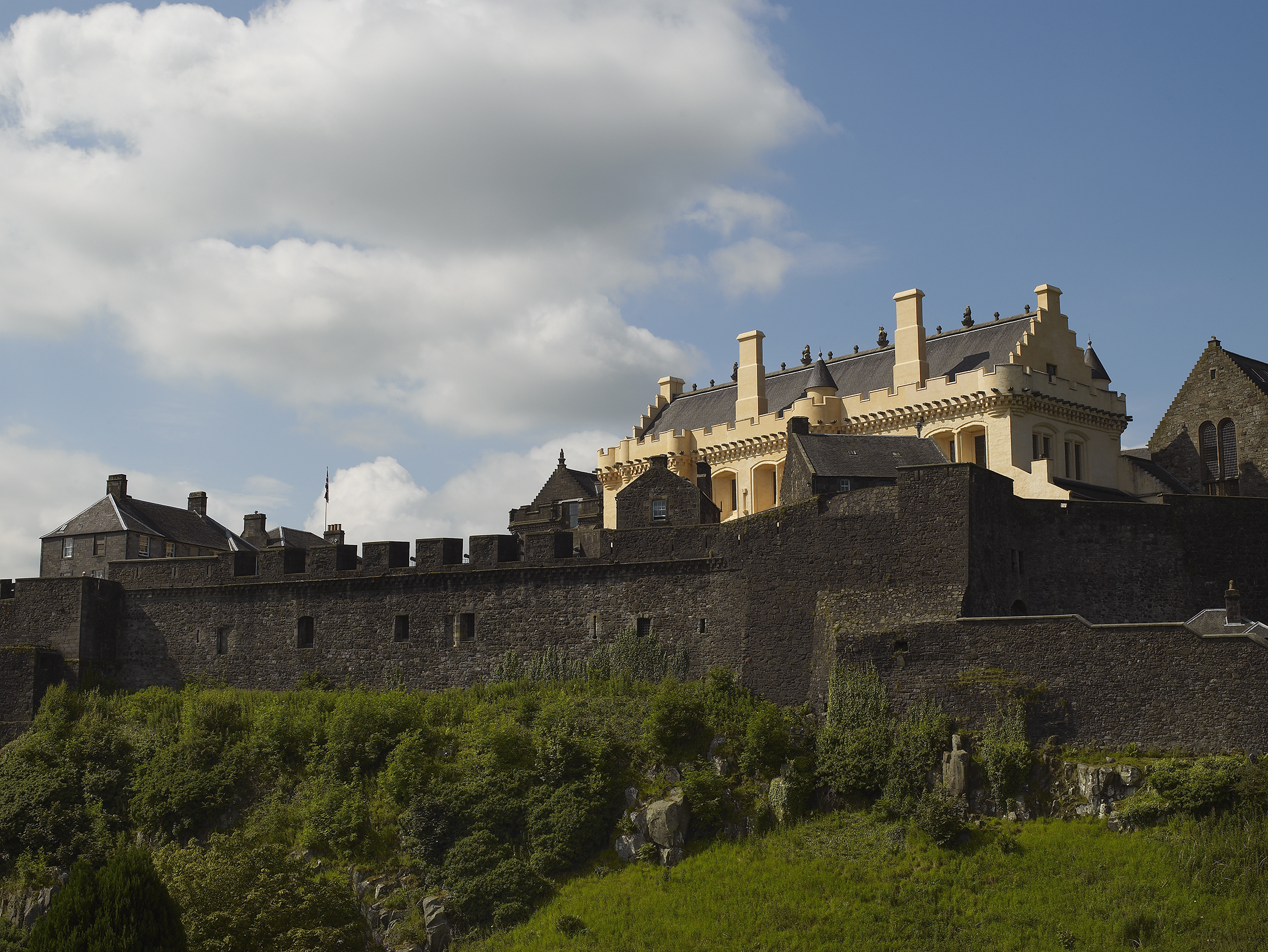
Stirling Castle: Renaissance of a Royal Palace
It was within sight of Stirling Castle that two of the most famous Scottish victories over the English were won.

Traquair House: The Tightrope of Power by John Goodall
A great Lowland house in Peebleshire offers a fascinating insight into the eventful history of its owning family. John Goodall
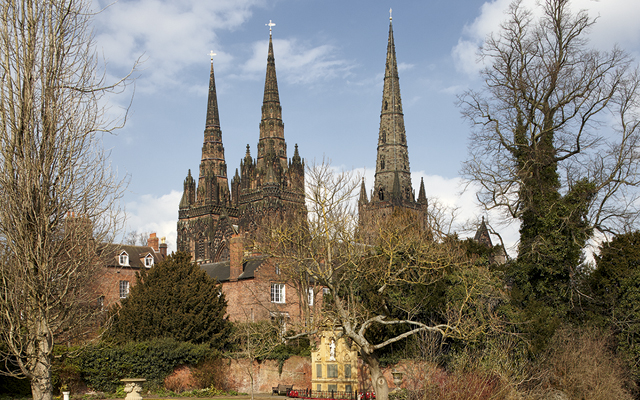
Gothic for the Steam Age: An illustrated biography of George Gilbert Scott by Gavin Stamp
John Goodall is impressed by this concise and beautifully illustrated account of Scott's achievements.
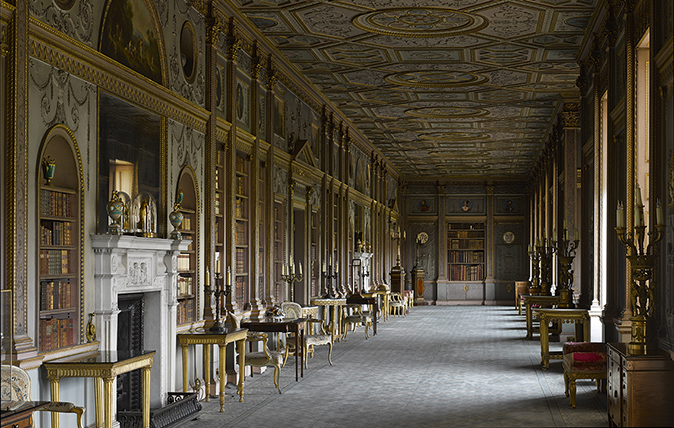
The Country House Library: Why these rooms and their collections need to be taken much more seriously
A new account of the country-house library will compel us all to reassess these rooms and their collections, says John

Chenies Manor, Buckinghamshire: The Tudor estate that encompasses the ancient oak tree beneath which Elizabeth I lost a piece of jewellery
This Tudor house was the unlikely venue for the first meeting of the founding group of The Arts Society. John
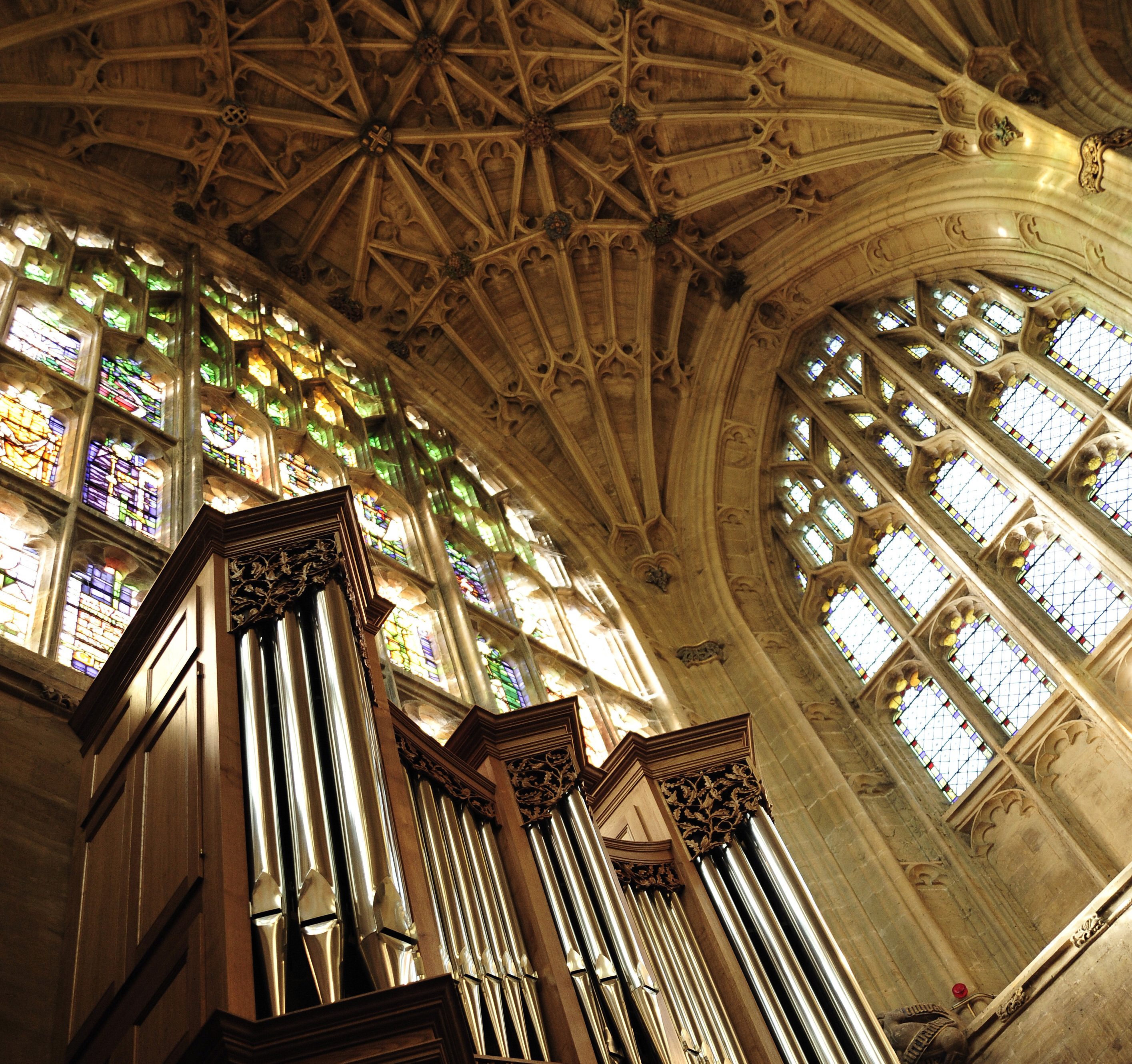
Sherborne Abbey's stained glass: The spectacular Victorian addition to a building with 1300 years of history
The spectacular stained glass at Sherborne Abbey is only part of what makes this building one of the grandest in
Country Life is unlike any other magazine: the only glossy weekly on the newsstand and the only magazine that has been guest-edited by His Majesty The King not once, but twice. It is a celebration of modern rural life and all its diverse joys and pleasures — that was first published in Queen Victoria's Diamond Jubilee year. Our eclectic mixture of witty and informative content — from the most up-to-date property news and commentary and a coveted glimpse inside some of the UK's best houses and gardens, to gardening, the arts and interior design, written by experts in their field — still cannot be found in print or online, anywhere else.
